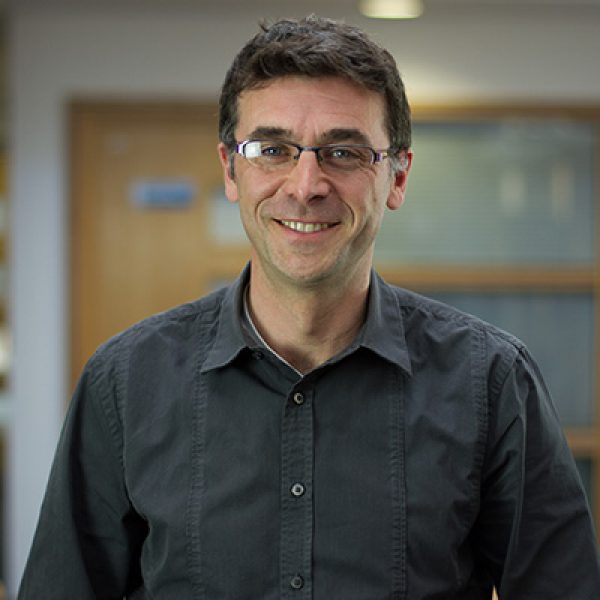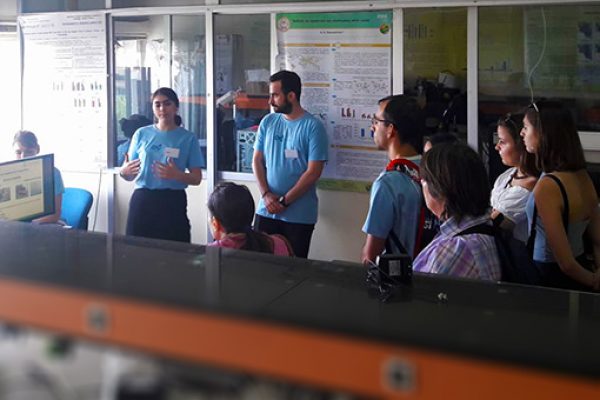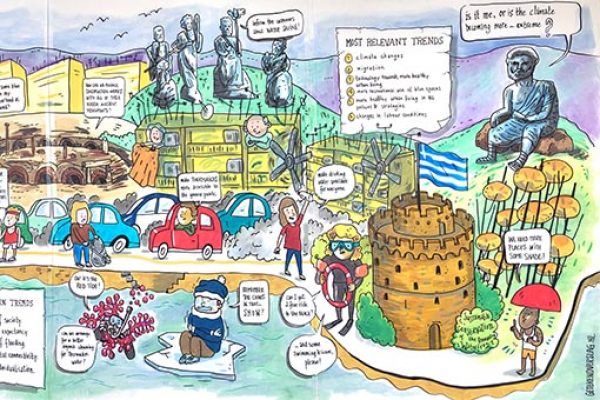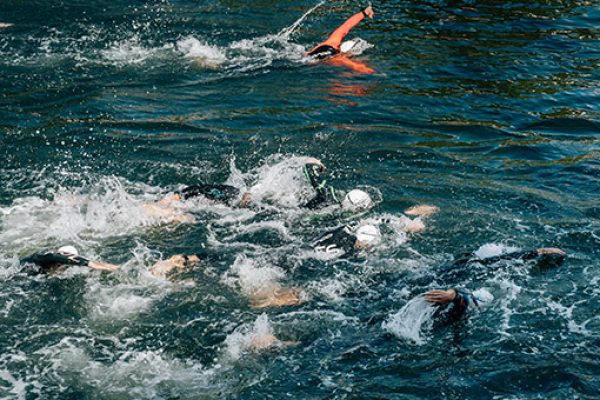Introduction
This research project, led by the Aristotle University of Thessaloniki, is centred on the health impacts of regenerating the Thessaloniki Waterfront.
The interdisciplinary research team including biologists, chemical engineers, chemists and medical doctors, set out with the following objectives:
- To investigate how the regenerated Waterfront has impacted daily life for residents including changes to lifestyle and health.
- To evaluate the gene expression and metabolic profiles of those who spent daily time at the Waterfront compared to people who did not.
- To evaluate residents’ long-term lifestyle changes and changes to wellbeing.
- To correlate the outcome of the differential metabolic profile of the different groups of people with major diseases like diabetes, cancer and coronary diseases.
For more information about this research project please contact Ilias Frydas.
Thessaloniki Waterfront
Thessaloniki Waterfront was regenerated in 2013 to benefit the city’s population of 1.1 million people and to help boost the economy. Following an international architectural competition, the design of the new space was chosen based on the prize-winning design by Nikiforidis – Cuomo.
The regenerated Waterfront is 3 km long, sandwiched between the land and seascape. It has 58,000 acres of green space with playgrounds and over 2,300 trees, 180,000 plants have been planted. The redevelopment included two main areas:
- The breakwater: a space created for people to do activities like walking, fishing and socializing.
- 13 green spaces: themed “green rooms-gardens” designed as a sequence of quiet areas that create an atmosphere of privacy within the public space.
Ilias Frydas, the lead BlueHealth researcher said: “The breakwater exposes walkers to a light open space, with continuous space to walk between the stability of the massive breakwater and the lucidity of the water. The green space, on the other hand, is made up of small green “rooms” that remind people of historical gardens that used to exist in the area.”
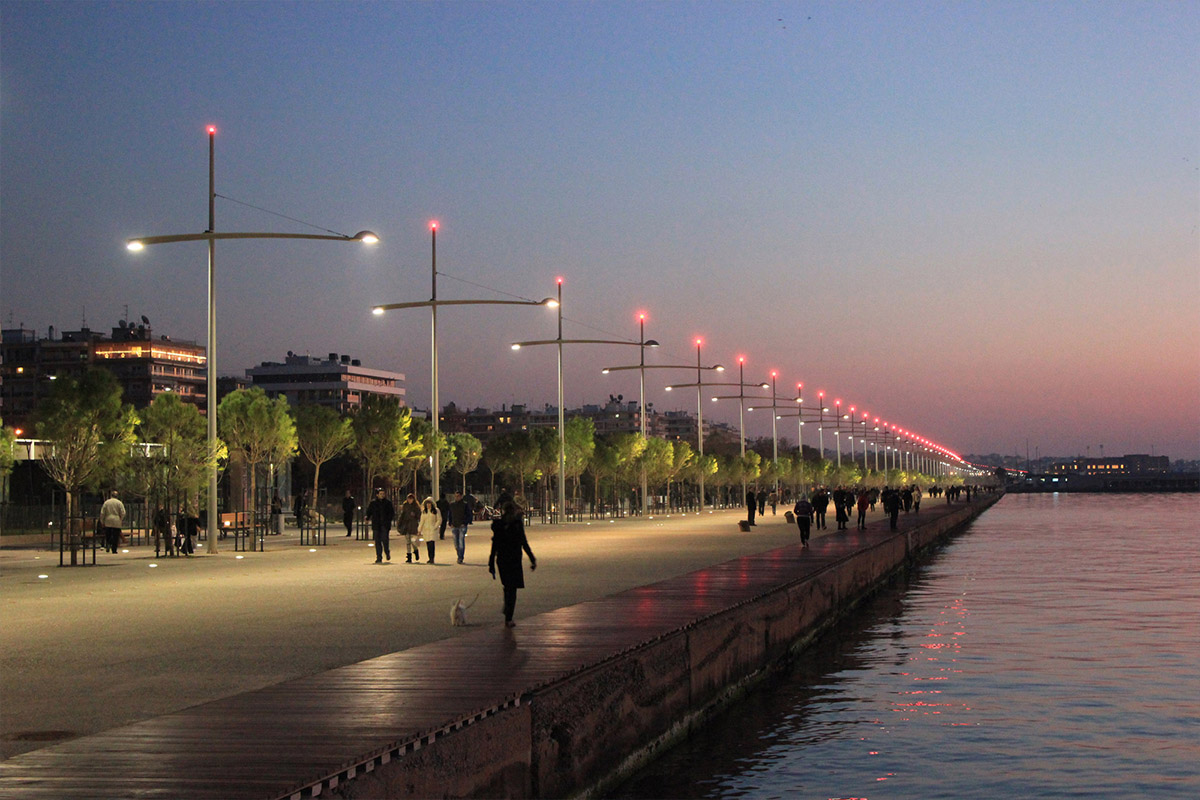
People walk along Thessaloniki’s Waterfront as the sun sets.
Methodology
In total 22 participants (70% female) aged 18 – 65 volunteered to take part in the study. All participants completed questionnaires detailing medical history, SES (Socio-economic status), and POMS (Profile of Mood States – used to assess transient distinct mood states).
Participants wore a physical activity wristband (Garmin) for the whole week, and participants assigned to the exposure visited different natural environments within Thessaloniki for five consecutive days, for 45-minutes a day.
Blood tests and urine samples were taken after their exposure with gene expression and metabolomics analysis also being performed using bioinformatics tools.
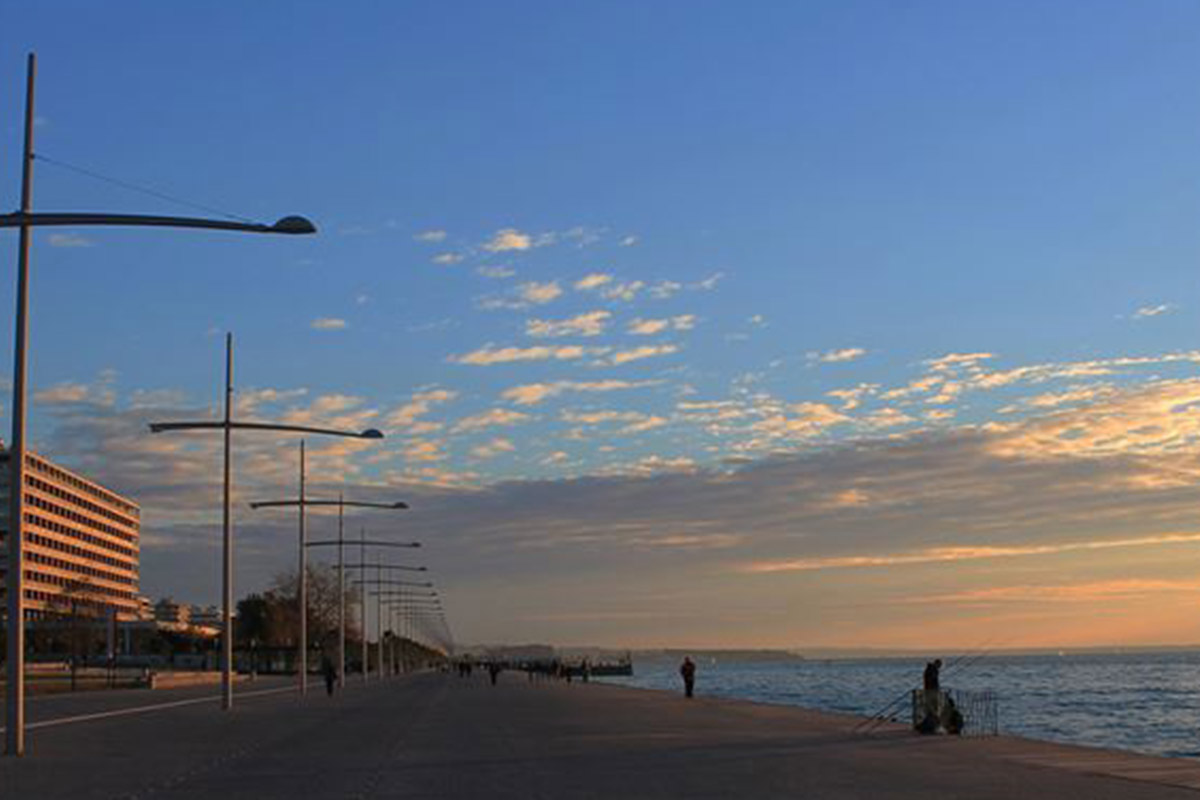
People take part in various activities along the Waterfront.
Results so far
The metabolomics and the haematological analysis is now complete, while the gene expression analysis and the linkage of the two platforms to recognise the biochemical pathways and the biomarkers are in progress.
Participants exposed to the Waterfront showed:
- Significant improvements in their blood following an increased level of physical activity after short-term exposure.
- A significant increase in positive biomarkers of the anti-inflammatory response, indicating enhancements to their health.
- Significant increases in the production of metabolites of adrenaline degradation and protein biosynthesis, indicating reduced levels of stress and anxiety which could benefit their work-life balance.
Further research is now in progress to unravel the underlying molecular mechanisms for increased life quality due to natural outdoor environments and how this correlates to changes in physical activity. This will also help us to identify any correlation with disease-specific pathways to identify novel biomarkers.
Once we have finished the rest of the analyses we will communicate the results of the study with a variety of stakeholders in different sectors. This will provide an evidence-base that can be used to help inform and adapt public health policies.
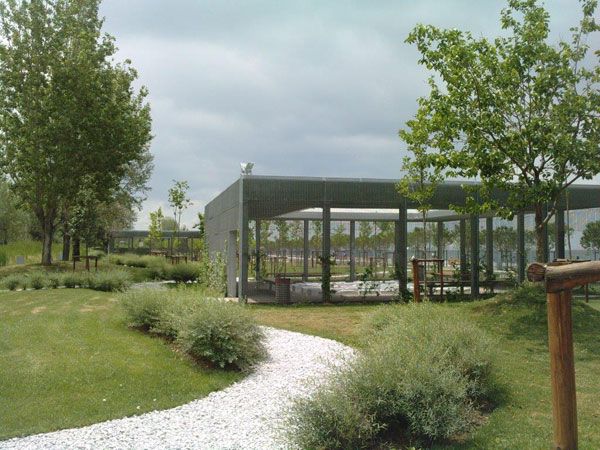
The garden of sound: Photo credit Prodromos Nikiforidis.





